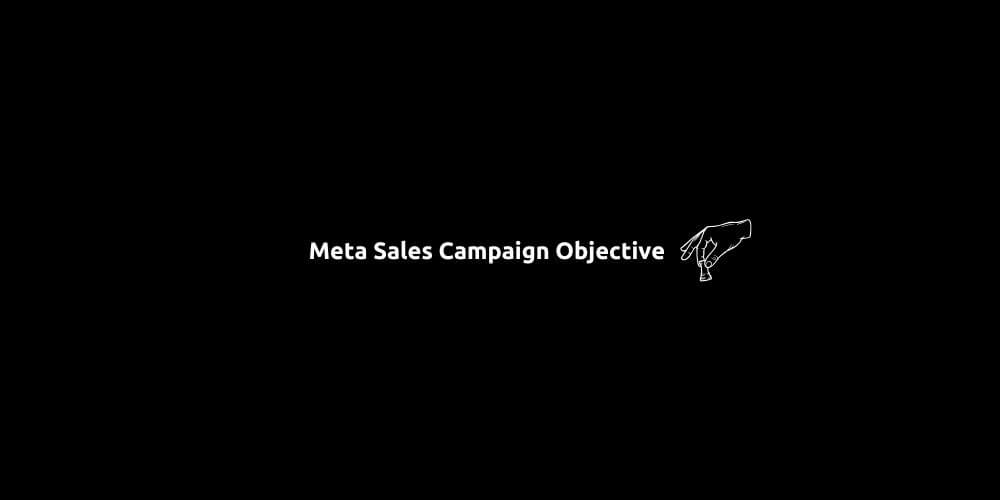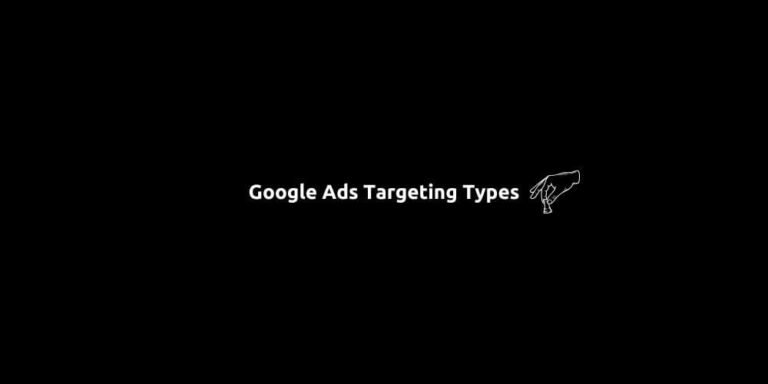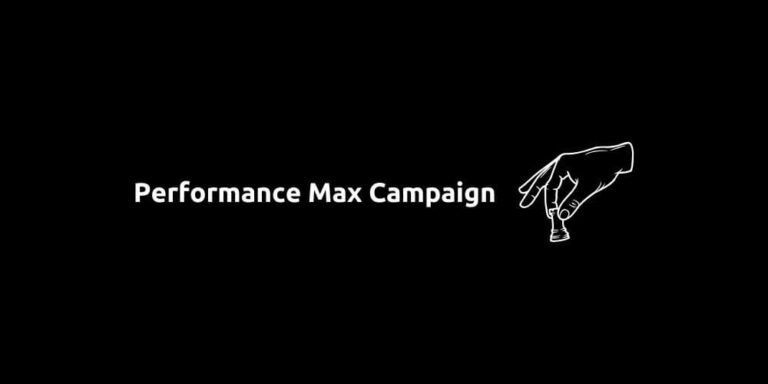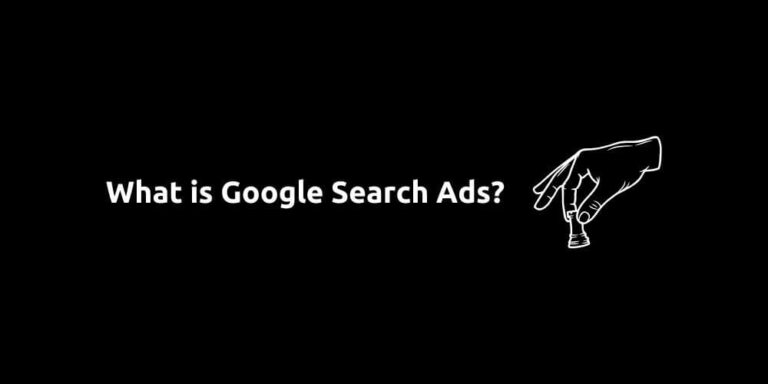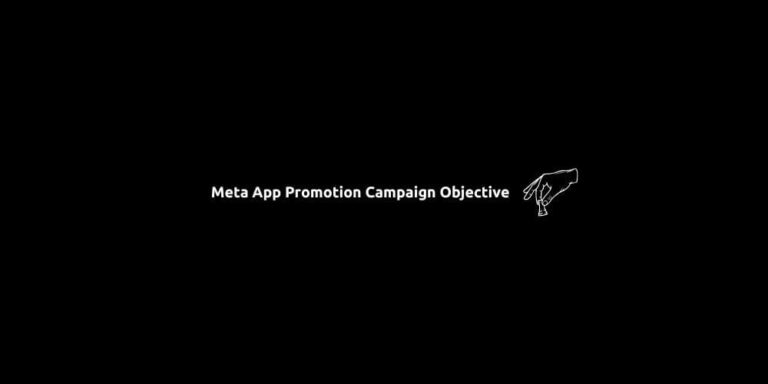Meta Sales Campaign Objective: A Complete Guide
Meta Ads have become a powerhouse in the digital marketing landscape, allowing businesses to connect with customers across Facebook, Instagram, Messenger, and more. Among its powerful advertising objectives, Meta Sales Campaign Objective stands out for brands looking to drive real, measurable results, such as purchases, bookings, and leads.
In this guide, we’ll break down everything you need to know about the Sales Campaign Objective in Meta Ads, including the four primary goals advertisers can target: Conversions, Catalog Sales, Messenger/Instagram/WhatsApp, and Calls. Each goal plays a vital role in helping brands transition from awareness to action.
Beyond just sales, we’ll also explore how the Sales Objective connects with other Meta campaign types—like Lead Generation, Traffic, Engagement, App Promotion, and Awareness—to build a conversion-optimized funnel.
Let’s dive into each goal under the Sales Campaign and learn how to use them strategically.
Content:
- Conversions
- Catalog Sales
- Messenger, Instagram, and WhatsApp
- Calls
- Building a Holistic Sales Funnel with Meta Ads
- Choosing the Right Meta Campaign Objective
Conversions: Turning Engagement into Revenue
The Conversions goal under Meta Sales Campaign Objective is the backbone of performance marketing. It focuses on driving users to take high-value actions on your website or app, such as completing a purchase, signing up for a service, or submitting a form.
To use this goal effectively, advertisers need to implement the Meta Pixel (for websites) or SDK (for apps) to track actions and optimize delivery. With the pixel in place, Meta’s algorithm learns which users are most likely to convert and tailors ad delivery accordingly. You can choose from a wide range of conversion events—like “Add to Cart,” “Initiate Checkout,” or “Purchase”—based on your campaign priorities.
This goal becomes even more powerful when integrated with other campaign objectives. For example, traffic campaigns initially bring users to your site, rngagement campaigns builds trust, awareness ads might educate customers, app promotion ads might get them to install your shopping app, and conversion ads finally close the deal—turning interest into income.
Catalog Sales: Scaling E-Commerce with Dynamic Product Ads
For e-commerce brands, Catalog Sales is the go-to goal. It allows businesses to showcase multiple products using dynamic creative formats personalized to each user. If someone visits your website and browses a product but doesn’t purchase, Meta can serve them that exact product—or related ones—across its platforms.
This type of personalization leads to significantly higher ROAS (Return on Ad Spend), especially when paired with data from the Meta Pixel.
By running Catalog Sales campaigns, you’re essentially building a digital storefront inside the Meta ecosystem. Instead of hoping customers return to your website, you bring the store directly to them—with automation, relevancy, and precision.
Messenger, Instagram, and WhatsApp: Driving Conversational Commerce
The Messenger, Instagram, and WhatsApp goal under the Sales Campaign supports conversational commerce—a growing trend where businesses sell through real-time chat interactions. Whether you’re offering personalized consultations, managing orders, or answering product questions, this goal lets you turn conversations into conversions.
These platforms are particularly effective for high-consideration products or services, such as real estate, healthcare, or bespoke services. Customers might need more information before making a purchase, and chat-based communication provides a convenient and personal way to address concerns and close the deal.
You can use Click-to-Message ads to start chats directly from your Facebook or Instagram ads. Integrating automated responses and chatbots further streamlines the process, ensuring every lead gets attention—day or night. This strategy aligns perfectly with Lead Campaigns, where initial contact might start via forms but continue through chats. It also bridges the gap between Awareness and Sales, as people who’ve seen your brand are more likely to initiate a conversation later.
Calls: Immediate, Direct Sales Action
The Calls goal within the Sales Campaign is designed for businesses that depend on real-time customer interactions—like local service providers, medical clinics, restaurants, or B2B service agencies. With this objective, you encourage users to make a direct phone call from the ad, eliminating any friction between interest and action.
This goal is particularly powerful for mobile-first campaigns. With one tap, users can connect with your sales or customer service team. You can also track these calls as conversions using call tracking software or third-party CRM integrations.
For many small businesses, the Calls objective creates a digitally-enabled storefront that still feels human and personal. After all, it’s about making connections, not just clicks.
Building a Holistic Sales Funnel with Meta Ads
To truly harness the Sales Campaign Objective, advertisers must go beyond a single goal and think in terms of a funnel strategy. Successful campaigns often start with Awareness and Traffic objectives to introduce the brand, then move to Engagement and Lead Generation to build trust. Once potential customers are warmed up, Sales objectives like Conversions, Catalog Sales, or Calls step in to close the deal.
For mobile-first businesses or digital platforms, integrating the App Promotion Campaign Objective is essential. Encourage users to download your app early in the funnel and re-target them later with Catalog Sales or Conversions-based ads.
In this ecosystem, your Meta Ads don’t just sell—they create a complete digital environment where customers discover, engage, and buy—all without leaving their favorite platforms.
Choosing the Right Meta Campaign Objective
By blending this objective with other Meta campaign goals like Awareness, Engagement, Traffic, and App Promotion, businesses can build full-funnel strategies that go beyond impressions—and into action.
Choosing the right campaign objective depends on your intent. Do you want awareness? Traffic? Engagement? App Downloads? Leads? Conversations? Conversions? Understanding each traffic type allows advertisers to optimize spend, increase efficiency, and drive meaningful actions across Meta’s powerful ad ecosystem.
Success requires a strategic approach, continuous learning, and regular optimization. With the right planning and execution, Meta Ads can be a game-changer in your digital marketing strategy. And this is what we do at SS&T Digital. 👇
